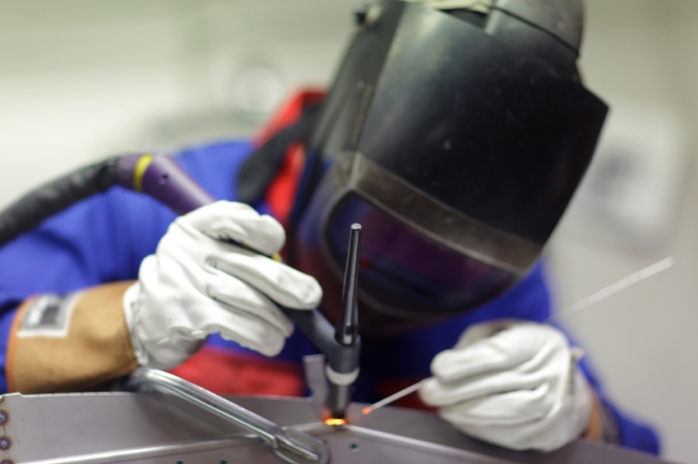Tungsten inert gas (TIG) welding, some of the time called gas tungsten arc welding (GTAW), is a mainstream welding technique in which a tungsten electrode, an inactive gas and a ceramic glass are utilized to weld metal together. TIG welding offers focal points regarding adaptability and amperage use in light of the fact that it utilizes less vitality than other welding techniques. A clean weld is additionally attained to by making a position of safety weld dab, and there is no slag left over after the welding is finished. The biggest playing point of TIG welding is control, both regarding the terminal itself and the current.
There are following advantages of TIG welding:
1. Works on a wide range of metals with higher softening focuses. Gas tungsten bend welding is the most mainstream technique for welding aluminum stainless steels, and nickel-base compounds. It is for the most part not utilized for the low softening metals, for example, fastens, or lead, tin, or zinc amalgams.
2. It is particularly valuable for joining aluminum and magnesium which shape stubborn oxides, furthermore for the receptive metals like titanium and zirconium, which break down oxygen and nitrogen and get to be embrittled if presented to air while liquefying.
3. Pinpoint exactness and control. The procedure gives more exact control of the weld than some other bend welding methodology, on the grounds that the circular segment warmth and filler metal are freely controlled.
4. For metals of changing thickness including dainty metals. The gas tungsten arc welding methodology is useful for joining dainty base metals as a result of magnificent control of warmth info.
5. Creates solid joints. It delivers top quality welds in all metals and amalgams utilized by industry.
6. High level of perceivability when working because of low levels of smoke. Perceivability is phenomenal in light of the fact that no smoke or exhaust are created amid welding, and there is no slag or splash that must be cleaned between passes or on a finished weld.
7. Minimal completing needed. In extremely basic administration applications or for exceptionally extravagant metals or parts, the materials ought to be painstakingly cleaned of surface soil, oil, and oxides before welding.
8. TIG welding likewise has diminished mutilation in the weld joint as a result of the concentrated warmth source.
9. As in oxyacetylene welding, the warmth source and the expansion of filler metal can be independently controlled.
10. Because the terminal is non-consumable, the methodology can be utilized to weld by combination alone without the additional metal.

